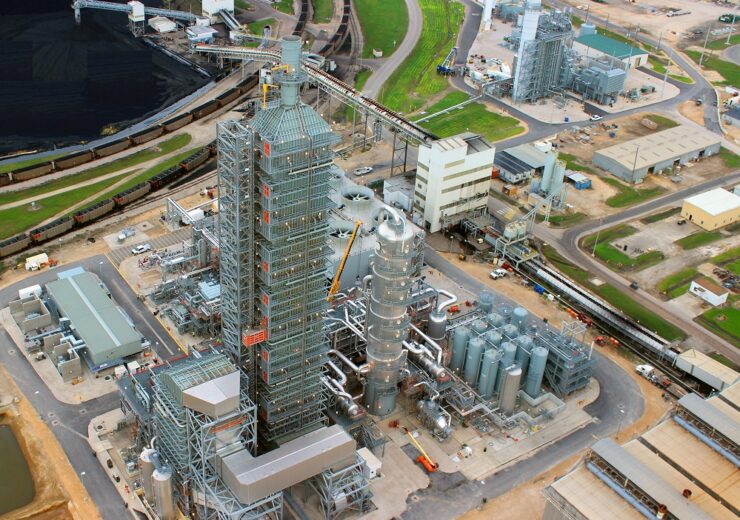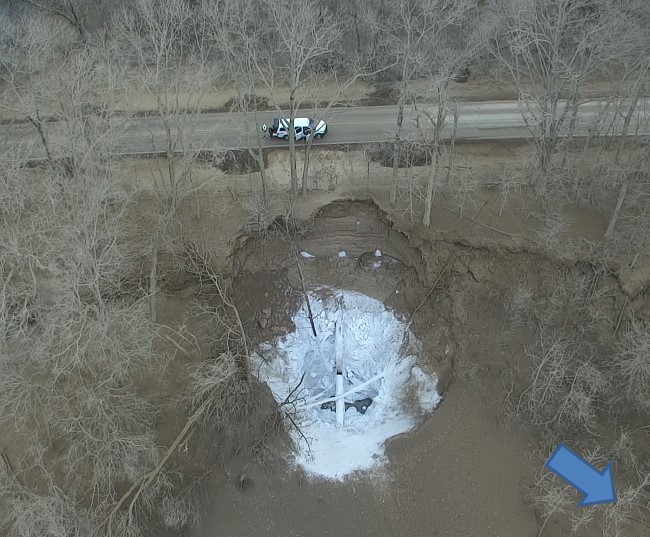Carbon Capture’s Role in a Greenhouse Gas-Free Electricity Grid
As new subsidies spur companies to invest in carbon capture and storage, policies need to address associated harms.
The path to enacting the Inflation Reduction Act (IRA) went through Senator Joe Manchin. His home state of West Virginia is the country’s second biggest coal producer and fourth biggest natural gas producer, so gaining his support for this important climate legislation required committing significant funding for carbon capture and storage (CCS). CCS could keep fossil fuels in the energy mix even as carbon emissions are phased out. It is an alluring set of technologies and infrastructure that could allow the economy to benefit from the best of fossil fuels – high energy density, widespread availability, the ability to complement renewable generation – but eliminate the worst – carbon dioxide emissions.
For those with concerns about CCS, many are practical in nature: the first power plants with CCS built in the US experienced big cost overruns and non-competitive operating costs. Canada hosts the only operating North American CCS power plant today. Critics also fret that it could increase other environmental harms from fossil fuel extraction and use. In my view, these criticisms deserve attention. Policymakers need to anticipate and address potential harms related to CCS, otherwise the success of CCS could be a failure for the environment.

The IRA expands the 45Q tax credit program that pays companies for each metric ton of carbon dioxide that is produced by an industrial process or power plant and is captured and stored instead of vented to the atmosphere. The legislation increases the existing incentive from $50 per ton to $85 per ton for carbon dioxide stored in geological formations. Smaller credits are available for carbon dioxide that is used for enhanced oil recovery. The act removed a cap on the total funding available for these credits. The recent Infrastructure Investment and Jobs Act also includes billions for CCS-related investments, including the build-out of carbon dioxide pipelines.
As with other environmentally promising technologies, private companies have been underinvesting in CCS. In most US markets, power plants and other carbon emitters can still release carbon dioxide into the atmosphere for free. In the absence of a subsidy, there is no money to be made by developing new technologies that capture and store carbon dioxide. Another challenge for private companies is that some of the knowledge learned through CCS innovation will spillover to competitors in their markets and around the world. The innovators will not be able to capture all of the profits generated by their discoveries, leading innovators to invest less. These kinds of market failures can justify government spending on innovation. The ongoing dominance of fossil fuels in global power generation argues for including CCS among the technologies that governments are supporting with their limited resources. However, CCS brings environmental risks of its own, and policymakers need to recognize and address these risks before the CCS market takes off.

Unlike other technologies subsidized by the IRA – including wind, solar, and energy storage –, CCS is fundamentally intertwined with fossil fuels. Environmental justice organizations are highlighting the risks that the connection to fossil fuels bring.
For one thing, industrial facilities and power plants that are candidates for CCS also produce local air pollutants and toxic chemicals. CCS subsidies could increase the viability and throughput of these facilities and increase the generation of the co-pollutants, harming nearby communities. Additionally, companies will build out carbon dioxide pipelines to support CCS. Carbon dioxide is known to corrode pipelines and pipeline accidents can harm human health due to the high concentration of carbon dioxide. The injection of carbon dioxide underground also has potential negative impacts, contaminating groundwater and causing earthquakes. In other words, a policy that reduces the climate change harms from fossil fuels stands to increase other environmental and health harms.

The Biden administration is taking the pipeline safety issues seriously and federal pipeline regulators are strengthening pipeline rules and oversight. However, addressing other potential harms from CCS will require shared action by the federal government and states. Gaps in state-level regulation of toxic and air pollution and groundwater contamination could become glaring if CCS takes off. The federal government, as funder of these subsidies, has the responsibility to identify any gaps and help states address them.
The IRA is making big bets on CCS and could at last bring this globally-important climate technology to the market. It is uncertain whether CCS can ever compete economically with other power generation technologies, but I think it is a bet worth taking given the uncertain path to cost-effectively and reliably decarbonize grids around the world. But without robust protections for human health and safety, the US CCS push could instead demonstrate that fossil fuels have no future on a carbon-free grid.
Keep up with Energy Institute blog posts, research, and events on Twitter @energyathaas.
Suggested citation: Campbell, Andrew, “Carbon Capture’s Role in a Greenhouse Gas-Free Electricity Grid”, Energy Institute Blog, UC Berkeley, November 14, 2022, https://energyathaas.wordpress.com/2022/11/14/carbon-captures-role-in-a-greenhouse-gas-free-electricity-grid/
Categories
Andrew G Campbell View All
Andrew Campbell is the Executive Director of the Energy Institute at Haas at the University of California, Berkeley. At the Energy Institute, Campbell serves as a bridge between the research community, and business and policy leaders on energy economics and policy.

“As with other environmentally promising technologies, private companies have been underinvesting in CCS.”
Carbon Capture and Sequestration (CCS) can’t be ignored quickly enough. Like hydrogen, its only promise is as a marketing tool, in creating the public appearance petroleum companies are working hard to fix a problem they’re only making worse.
A quick review of what’s been accomplished to date should be sufficient: we’re told 40 MT of CO2 is captured and sequestered annually. An estimated 40,000 MT of CO2 is emitted by the combustion of fossil fuel each year. To square sequestration with extraction, we would need to stuff toothpaste back into the tube 1,000 times faster than we’re using it – if we continued to use it at the rate we are today. But we aren’t – CO2 emissions are increasing at >10x the rate new CCS facilities are sequestering it, even with the hundreds of millions of solar panels and thousands of wind turbines entering service each year.
Worse, CCS is unverifiable. There’s no way to know 40MT CO2 is being pumped into deep salt caverns underground, or being released into the night air. Maybe it’s being stuffed into deep salt caverns underground, then released into the night air – to make room for tomorrow’s “sequestration”.
It’s time to call CCS out for what it is – a deception, a tactic employed to extend reliance on fossil fuel indefinitely. But when CCS proponents from oil companies start citing facts and figures, they can be hard to stop. Here’s a trick I find effective: propose legislation that would allow extraction to proceed only at the rate a company is already sequestering CO2, and you’ll be able to hear a pin drop.